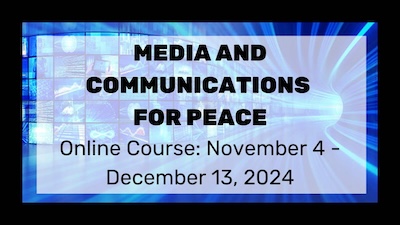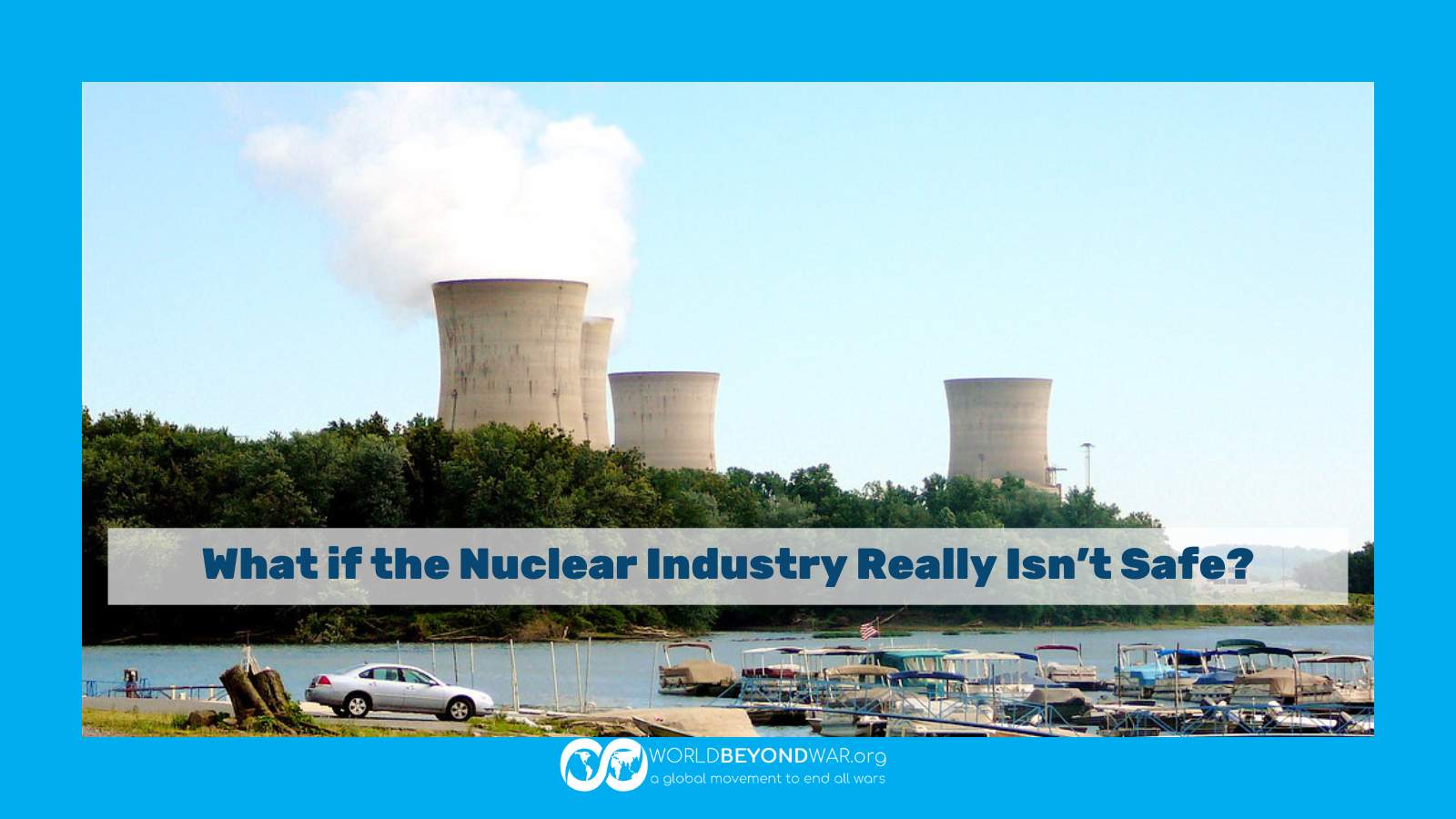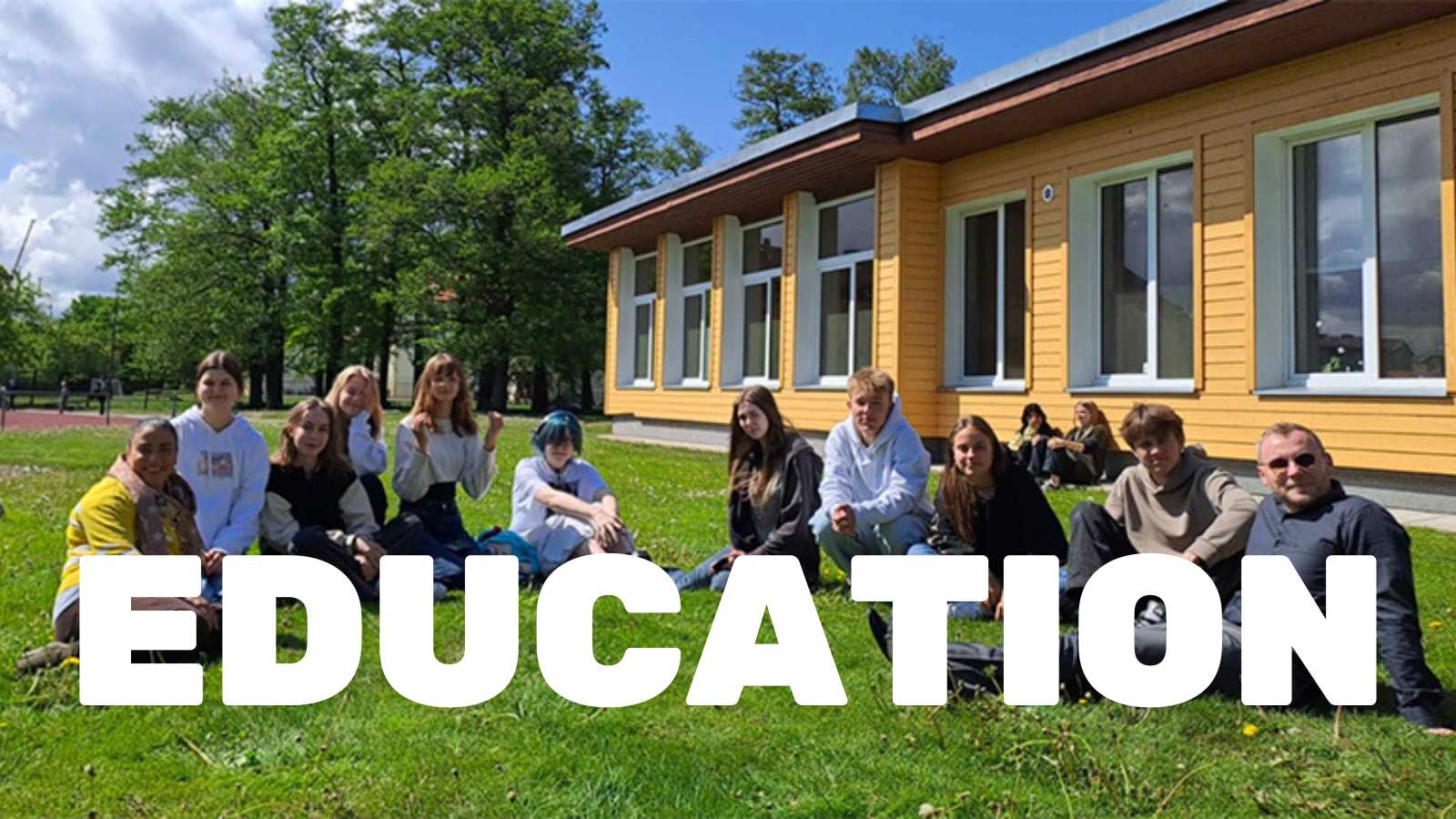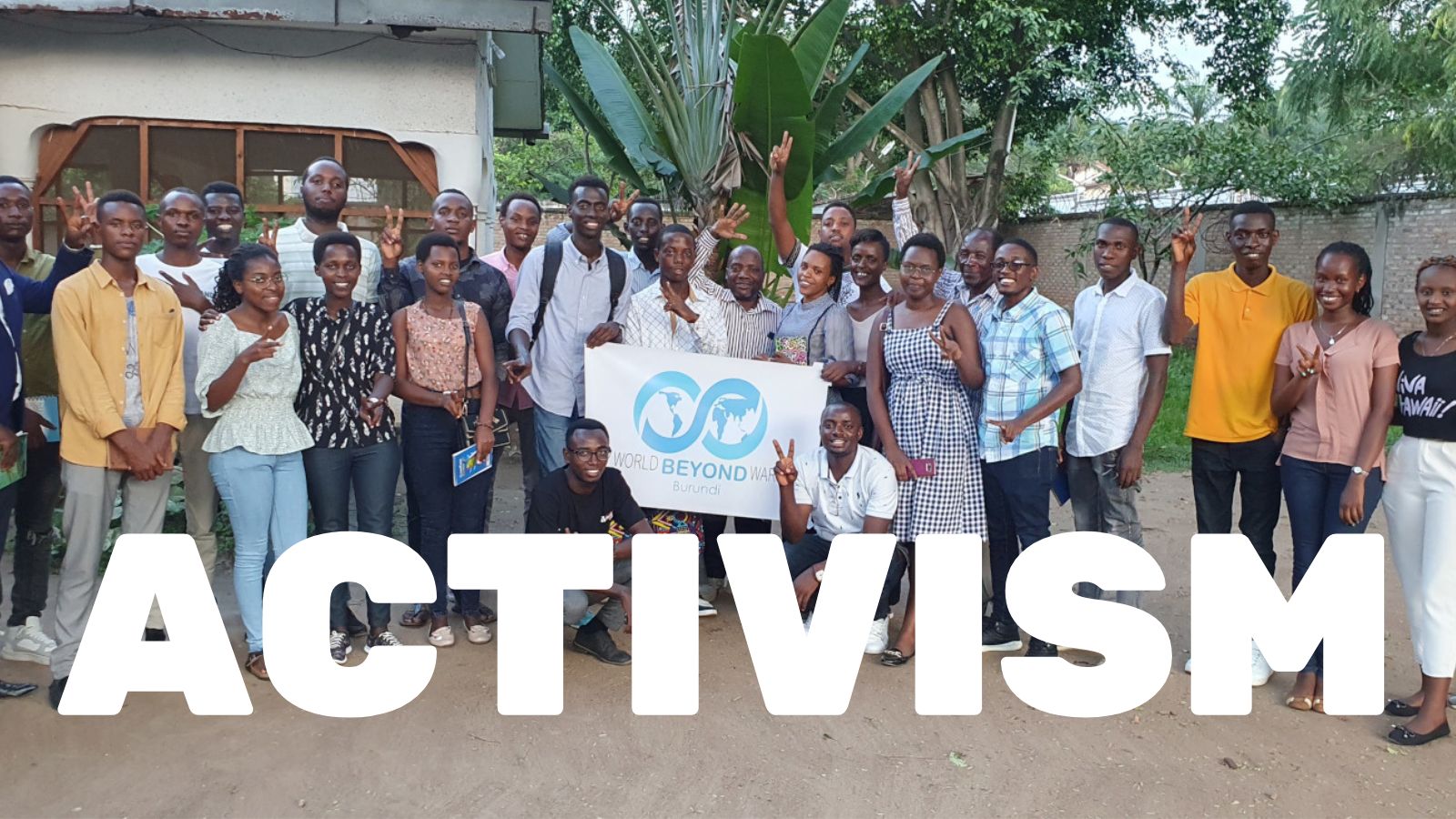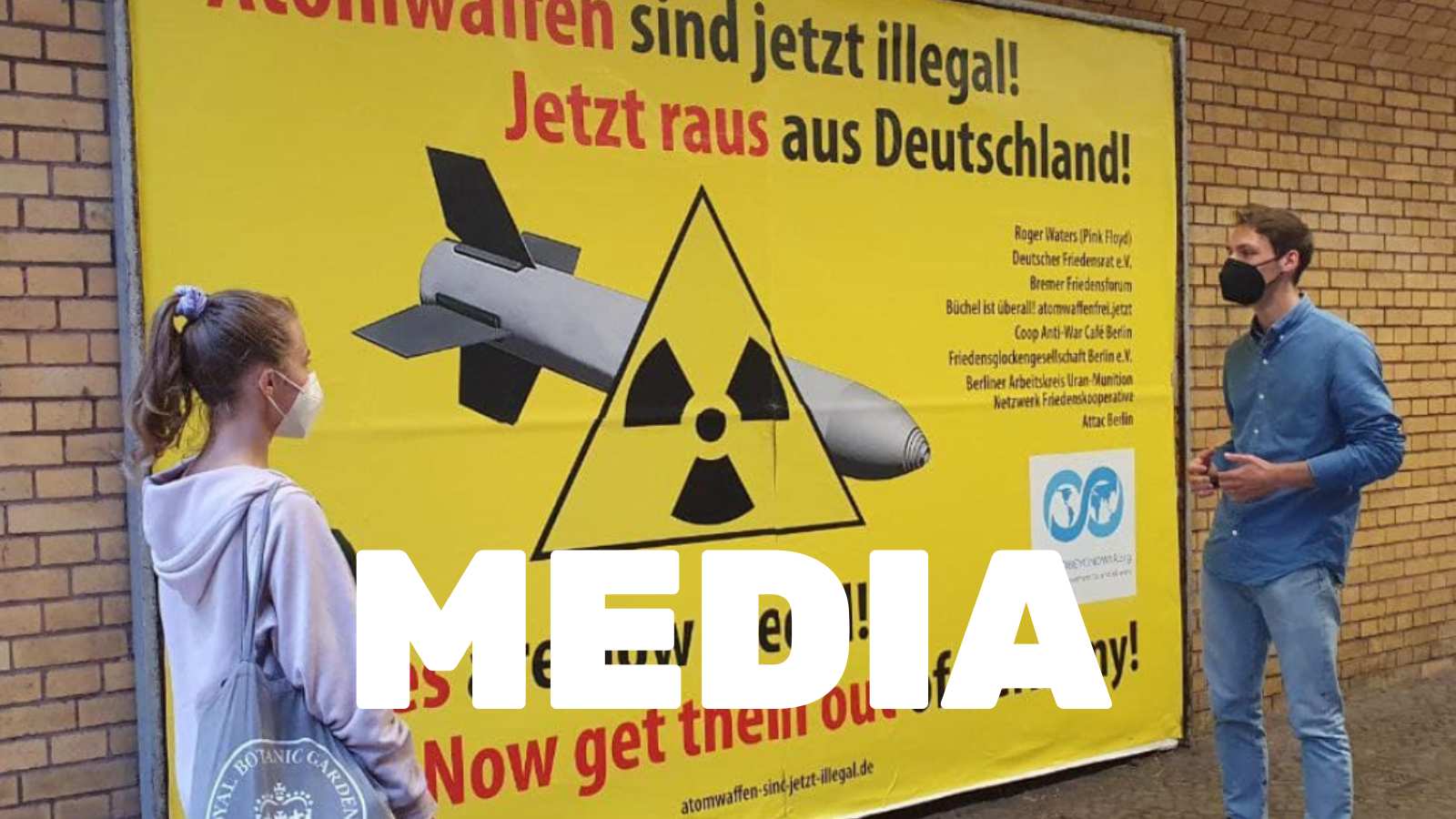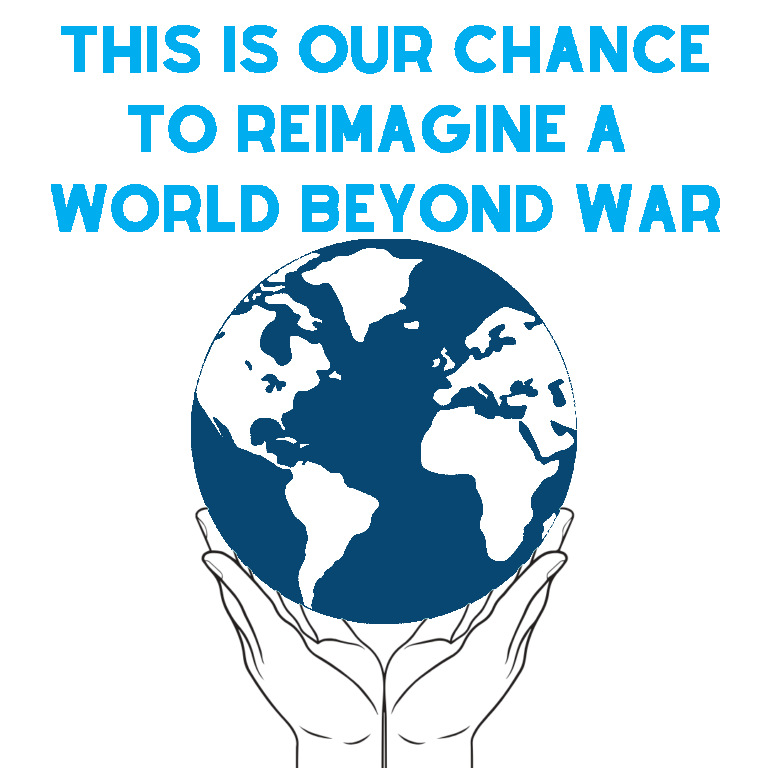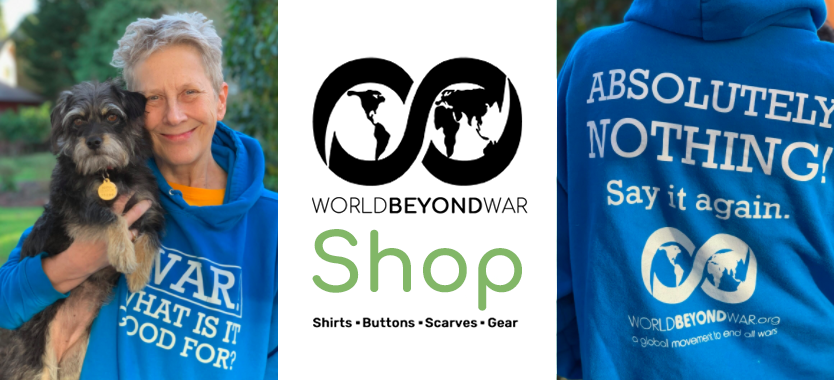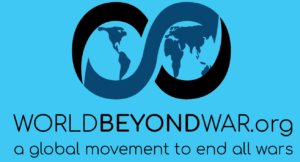By Caroline Hurley, innate, November 4, 2024
Book Review — Making The Unseen Visible: Science and the Contested Histories of Radiation Exposure (2023), edited by Linda Marie Richards and Jacob Darvin Hamblin, Oregon State University Press.
While the 2024 State of the Environment Report by Ireland’s EPA warns that the inadequacy of measures to mitigate climate change is hastening nature loss, compounding pollution impacts, and increasing emissions, which are often hidden in misleading data, its only reference to nuclear activity is in terms of radiation monitoring. The decision not to succumb to ever louder industry calls for more ‘green’ nuclear energy as a false solution comes as a relief. Aren’t we in enough trouble?
I addressed the context of the recent lobbying stampede in an article for INNATE last February – https://innatenonviolence.org/wp/tag/caroline-hurley/ Making the Unseen Visible focuses on what is most dangerous about the nuclear industry, i.e. radiation, which is only detectable with technology, but is potentially lethal, in both short-term and long-term effects. The book captures perspectives from people, often of indigenous and working-class backgrounds, who are usually overlooked and unheard in ensuing political and legal battles. Many other citizens affected were never informed either, including Downwinders and bomb explosion victims.
Following an introduction by the two editors, the anthology consists of 21 chapters written by a cross-section of 18 expert authors sharing insights. Contributions coming from inside and outside academia span history and continents. An account is given of the lengthy disruption caused to sheep farming in Wales by the Chernobyl Disaster, which is the closest content gets to Ireland. The United Kingdom’s most serious nuclear accident, and one of the world’s worst, the 1957 Windscale fire, resulting in radioactive material reaching Ireland, does not feature in this book. People affected by the US Government atomic testing programme and representatives do tell their stories. They and others refer to the many forms of radiation sicknesses – autoimmune disorders, spontaneous abortions, sterility, thyroid and heart problems, leukaemia and many other types of cancers and birth defects following genetic damage. Major challenges of linking disease to a radiation source are explored.
The town of Richland crops up in several analyses, as it’s beside the Hanford mass nuclear waste storage site and B Reactor. New insights come from an emphasis on social and economic factors. The enduring burden on inhabitants of the intensely-bombed Marshall Islands is detailed. How information about the 1979 Three Mile Island Disaster was controlled is set out. Likewise, the handling of publicity during French nuclear bomb testing in Africa is critiqued. A range of those still suffering persistent harms after being involved in manufacturing nuclear weapons in Rocky Flats Colorado and in Kazakhstan are studied. The Navajo – Dine recruitment for hazardous but unprotected uranium mining receives attention.
When recounting controversies around uranium mining in India, Prerna Gupta confronts questions of risk, and how they were assessed, or more often, ignored. Another paper taking a meta-analytical approach is Jaroslav Krasny’s consideration of unnecessary suffering and how international law applies, which has ramifications for current wars and other institutional harms, whether nuclear or not. Three entries constitute poetry, which create particularly powerful impressions.
A moving statement by a Hiroshima resident on the 75th anniversary of the atom bombing is one of the last pieces. At the online book club I attended, organised by World Beyond War and hosted by editor Linda Marie Richards, a hibakusha (survivor of the 1945 bombs in Japan) joined the group, and described her horrific direct near-death experience caused by man-made weapons of mass destruction. Her biography, One Sunny Day, came out last year. About a quarter of a million deaths are attributed to those now relatively small atomic explosions, but indirect fatalities from generational exposure to radiation, equally relevant for the many nuclear workers, are estimated to be far more.
A short review cannot do justice to the stream of revelations, data from corrective scientific research, and personal testimonies, contained in this valuable book. Full reference lists are supplied throughout, for further reading related to this project that draws the various strands together through a humanities lens. The common scientific jargon can baffle the curious layperson, something taken advantage of by nuclear promoters, so accessibility is welcome.
During discussions, related texts were cited, such as Arjun Marhijani’s 1995 synthesis of scientific research, Nuclear Wastelands The first edition of Environmental Radioactivity from Natural, Industrial and Military Sources appeared in 1997.
In Mortal Hands: a Cautionary History of the Nuclear Age, by Stephanie Cooke, was published in 2009: J.D. Hamblin’s Wretched Atom, came out in 2021. M.V. Ramana’s 2024 book, Nuclear Is Not The Solution, sounds similar cautions.
But will this resurgence of interest in the area be enough, and in time? In March 2024, over 600 organisations from around the world signed a declaration that as a climate change solution, nuclear energy is too slow, too expensive and too dangerous. Even way back in 1951, an Atomic Energy Commission study concluded that commercial nuclear reactors would not be economically feasible if they were used solely to produce electricity. What would make them feasible however, would be sale of the plutonium produced. Plutonium is used to make nuclear weapons. The prospect of being able to produce “too cheap to meter” electricity had zero appeal for utility companies unless other parties took responsibility for the waste products, and states indemnified them against catastrophic plant accidents. Somehow, their unreasonable demands were met and the world put in greater jeopardy.
The latest gold-standard World Nuclear Industry Status Report confirms that high government subsidisation still sustains the industry. Though the share of electricity produced by nuclear power has been relatively high in France, when reactors are not breaking down, Macron admitted that nuclear arms manufacture depends on having a civil nuclear industry, or so-called ‘atoms for peace’. Nuclear energy and nuclear arms are birds of a feather.
Friends of the Irish Environment (FIE) has become Ireland’s foremost eco watchdog. From a position 15 years ago of being seduced by the nuclear hype especially around long-promised small modular reactors (SMRs), the organisation now engages fully with the grave real-world implications, including the inevitability of more transboundary radioactive leakage on expanding or even retaining nuclear production.
Friends of the Earth Ireland take a more general stance. Greenpeace lacks an active Irish presence at the moment. The Irish branch of the Campaign for Nuclear Disarmament retains at least symbolic presence, for now, although the UK counterpart under Kate Hudson is becoming noticeably more vocal.
The Irish Government was instrumental in arranging the first international Treaty on the Non-Proliferation of Nuclear Weapons (NTP) signed in 1970, and to this day, officially claims to be committed to their complete elimination. However, as can be seen by US use of Irish airspace for military purposes in the Middle East, the country’s economic entanglements with bigger Western blocks wield sufficient pressure to compromise traditional principles valued by civilians. Around the world, there is a growing trend for governments to authorise state force to suppress activists peacefully demanding policies and practices that heed scientific warnings and international humanitarian laws. Many lawmakers and political actors are still choosing short-term political popularity over the earth’s long-term survival. Business as usual includes the nuclear industry, as spelled out by atomic scientists behind the Doomsday Clock.
This global crackdown on protest amounts to an erosion of classic liberties, and replacement of good governance by state negligence, driving increasing numbers of citizens to take landmark legal cases against their governments in pursuit of the transformative changes urgently needed. Instead of nursing dictatorial antagonism, government figures need to start self-identifying as activists and working with protestors and grassroots leaders on radical and urgent adaptation. Earlier this year, with the European Union’s adoption of a new Environmental Crime Directive, which includes crimes ‘comparable to ecocide’, all 27 EU member states got 18 months to transpose the directive into domestic legislation and ensure enforcement capacity. Real justice would end the impunity with which fossil fuel and other companies perpetrating environmental harms are treated.
The EPA’s five key climate mitigation recommendations are: a national policy position that aligns actions across sectors: rigorous enforcement of existing laws; transformation of key economic sectors, significant investment in critical infrastructure, and prioritising environment health for public wellbeing. This last objective in particular would forever be sabotaged by giving into calls for a source of energy whose routine emissions and waste products would bring unseen invisible sickness to our doorsteps for millennia.
The Norwegian Nobel Committee has awarded the 2024 Nobel Peace Prize to the Japanese organisation, Nihon Hidankyo. This grassroots movement of atomic bomb survivors from Hiroshima and Nagasaki, also known as Hibakusha, is receiving the peace prize for its efforts to achieve a world free of nuclear weapons and for demonstrating through witness testimony that nuclear weapons must never be used again, at a time when nuclear powers are replenishing nuclear weapon stores. No nukes ever!
Making the Unseen Visible is now widely available.

